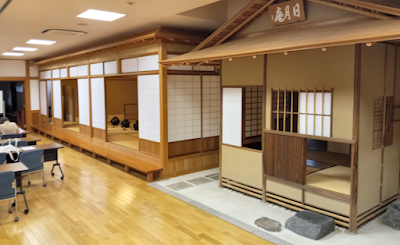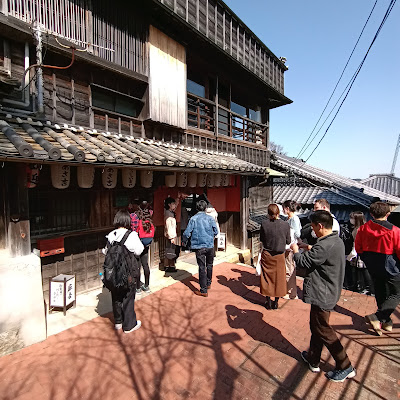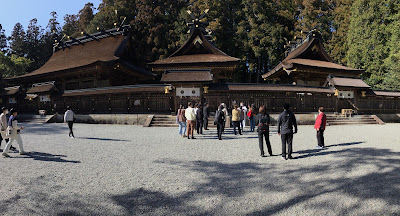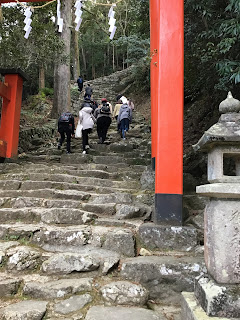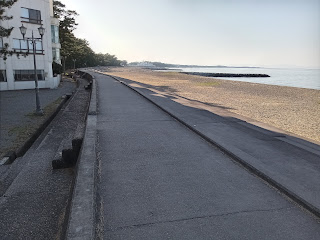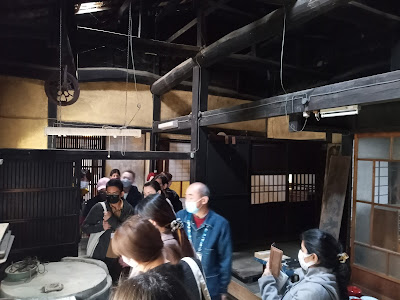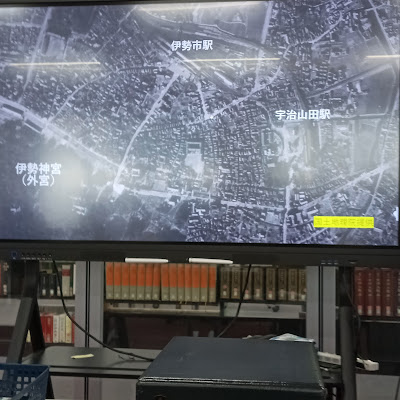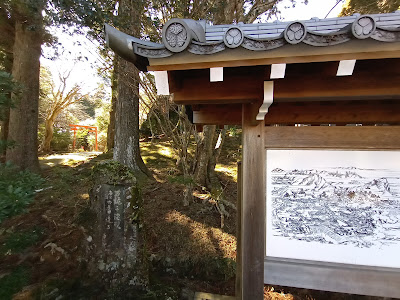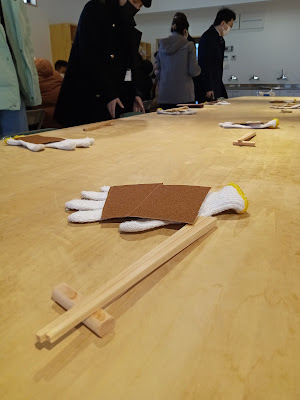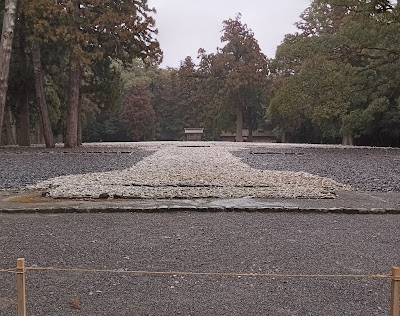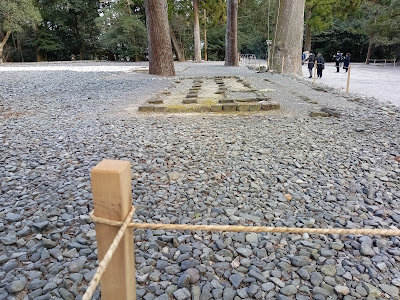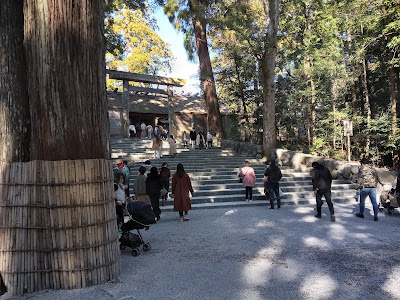Day 17, Brief presentations of one's selected theme as study program summary
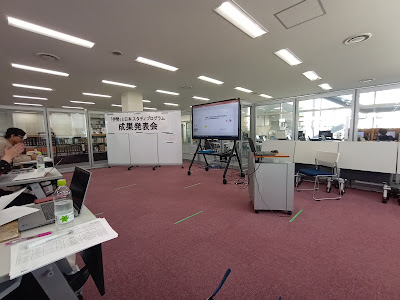
PC station to put slides onto the white board LCD screen The usual study room setting rotated 90 degrees to double the seating space so that audience members from the city hall and several of the chief lecturers during the past three weeks could attend. Each of the 13 participants provided a set of slides to show and to tell the audience about one particular topic or comparative study connected with the program's subjects of Ise and of Japan. Separate from the live presentations today, a bilingual 1-page summary of the seminar experience (Japanese and one's own first-language) will be submitted, together with a spreadsheet that records daily social media postings by each participant in the study program. This requirement is one way to make sure that the program and the things covered these three weeks can find larger audiences online. Topics included religion, poetry, history, youth culture and the elderly often found sustaining the history and culture facilities around the...
